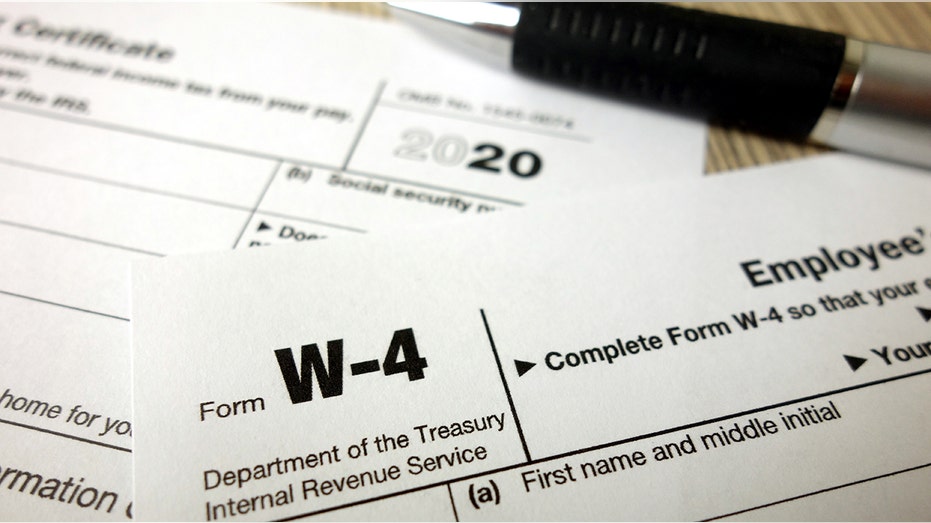Most Americans can save $2,000 a year from little-known tax break
Majority of Americans are unaware of saver's credit
Unsecured credit card debt impacting 52% of Americans: Report
U.S. News and World Report credit card expert Beverly Harzog on the factors causing an uptick in Americans carrying unsecured debt.
Americans looking to tuck away some extra cash next year can take advantage of an oft-overlooked tax break recently updated by the Internal Revenue Service to reduce their liability next year.
The retirement savings contribution credit – frequently shortened to the saver's credit – provides up to $1,000 in credit to low- and middle-income Americans who are setting money aside in a retirement-specific account. Married couples can claim up to $2,000.
Taxpayers are eligible to take advantage of the credit so long as they are over the age of 18, are not a student and are not claimed as a dependent by anyone else. In order to claim it, individuals must contribute to either an IRA or an employer-sponsored retirement account. That encompasses any contribution made to a 401(k), 403(b), governmental 457(b), as well as any after-tax contribution made to a Thrift Savings Plan.
BIDEN PITCHES REVAMPED MILLIONAIRES TAX, GLOBAL MINIMUM TO FUND SPENDING BILL
There are also income thresholds limiting who is able to claim the tax credit. The new maximum income amounts for anyone to claim the saver's credit in 2022 are $34,000 for single filers, $68,000 for married couples filing jointly and $51,000 for heads of households.

Blank W-4 form and a pen. Tax season
Taxpayers who qualify for the credit can receive 10%, 20% or 50% of the first $2,000 that they save – meaning they could claim either $200, $400 or $1,000. However, the credit begins to taper for higher-earners. Individuals must earn less than $20,500 to claim 50% of their retirement contribution, while the maximum is $41,000 for married couples and $30,750 for heads of household.
For instance, if a married couple earned $41,000 in 2021 and contributed $2,000 to their IRA for the year, they could deduct a 50% credit of $1,000 for the $2,000 contribution on their 2021 tax return.
A recent report published by the Transamerica Center for Retirement Studies suggests that just 43% of workers are aware of the saver's credit. Even more worrisome, just 35% of those with household income below $50,000 are aware of the tax credit, even though they are intended to be the biggest beneficiaries of it.

A man enters the Internal Revenue Service (IRS) building in Washington, D.C., U.S., on Friday, May 7, 2010. (Andrew Harrer/Bloomberg / Getty Images)
By comparison, more than half of households with income above $100,000 said they knew about the credit, according to the study.
Tax credits are subtracted from the taxes that you owe – not your taxable income – and give you a dollar-for-dollar reduction on your liability. For instance, if your federal tax bill was $10,000, and you're entitled to a $2,000 tax credit, your bill would be cut to $8,000.
GET FOX BUSINESS ON THE GO BY CLICKING HERE
Experts largely agree that tax credits are better for reducing your bill than deductions. Most likely, if you ever had to choose between a $100 deduction and a $100 credit, you'd pick the credit, which would reduce your bill by $100, according to TurboTax. On the other hand, how much money you saved by reducing your taxable income by $100 would depend on your tax bracket. If you were in the 24% tax bracket in 2019, a $100 deduction reduces your taxes by $24.
"Credits win every time because they are a dollar-for-dollar reduction of your tax bill," Megan Brinsfield, CPA and director of financial planning at Motley Fool Wealth Management, said. "Deductions will reduce your overall income before applying to your tax rate."





















